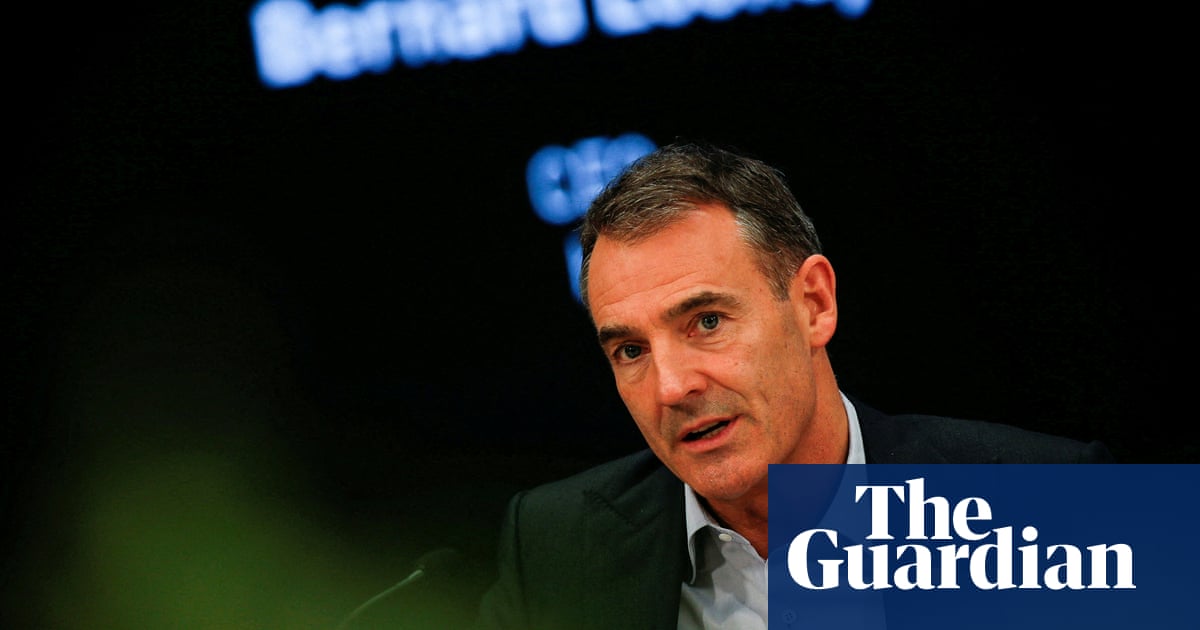
The chief executive of Grenfell Tower’s landlord body told colleagues to ignore a resident who warned eight months before the fire that “only a catastrophic event will expose the ineptitude and incompetence of our landlord”.
Robert Black, who led the Kensington and Chelsea Tenant Management Organisation, told a colleague with responsibility for fire safety “we should do nothing” after Ed Daffarn, a 16th-floor resident, posted on a blog in November 2016 a prediction that: “Only an incident that results in serious loss of life ... will shine a light on the practices that characterise the malign governance of this non-functioning organisation.”
At the public inquiry into the 14 June 2017 disaster which claimed 72 lives, Black was asked about an email from his colleague Barbara Matthews after the Grenfell Action Group blogpost – titled: KCTMO – Playing With Fire. She told colleagues: “I have spoken to Robert and he agrees that we should do nothing. This is not the sort of website we should be responding to.”
“I can’t recall the conversation, but if Barbara said I did [say do nothing] then I did,” Black told counsel to the inquiry Richard Millett QC. The inquiry has previously heard that another TMO executive, Peter Maddison, dismissed the blog as “scaremongering” and sought advice on whether it was libellous.
Black, who said he struggled to have a relationship with Daffarn, told the inquiry he felt the blog was “not all true” and “it makes up certain things”.
The inquiry also heard that residents with concerns were routinely approaching their councillor Judith Blakeman and Daffarn rather than the TMO in whom many had lost trust. Millett asked if this was indicative of a general problem with the landlord’s complaints process.
“I didn’t really ever have a relationship with Mr Daffarn and I think it’s quite difficult for lots of people … trying to build a relationship with Mr Daffarn,” he said. “I don’t want to personalise this.”
Black’s signed witness statement to the inquiry in February 2019 said: “I do not recall having any direct personal interaction with any Grenfell resident groups or forums in relation to any complaints they may have had and I am not aware of any having been made in relation to fire safety at Grenfell Tower.”
But he had to correct this written evidence.
“You had petitions with large numbers of signatures in 2010, 2013, 2015 and 2017 all on the subject of safety and specifically fire safety,” said Millett. “Did that … not … prompt the question in your own mind something is wrong with fire safety at Grenfell, these residents don’t feel safe?”
Black replied that two of the petitions were started in the wake of problems with utility companies – relating to an electricity surge and the repositioning of gas pipes through hallways during the refurbishment that residents feared could explode in a fire. The councillor for the Grenfell area, Blakeman, also raised fire safety issues with Black in 2012, 2013, 2015 and March 2017, three months before the fire.
Asked whether the accumulation of complaints led him to question if fire safety was being managed properly at Grenfell he replied “no” and said the complaints all related to different things.
Throughout his cross-examination he repeatedly said he could not recall events during his time as chief executive from 2009 to 2017. Over the first two days alone he said he “can’t remember” or “can’t recall” 150 times, according to the published transcripts.
Millett asked whether there was anything that he would have done differently.
“It’s been incredibly difficult to look back over such a long period and remember everything,” Black said. “I wish sometimes my answers may have been clearer so I apologise for that. I certainly wouldn’t have put the cladding on if I knew that situation and I think I can only pass my condolences to the people who lost loved ones and survived and managed to escape and there’s not much more I can say at the moment.”
The inquiry continues.












